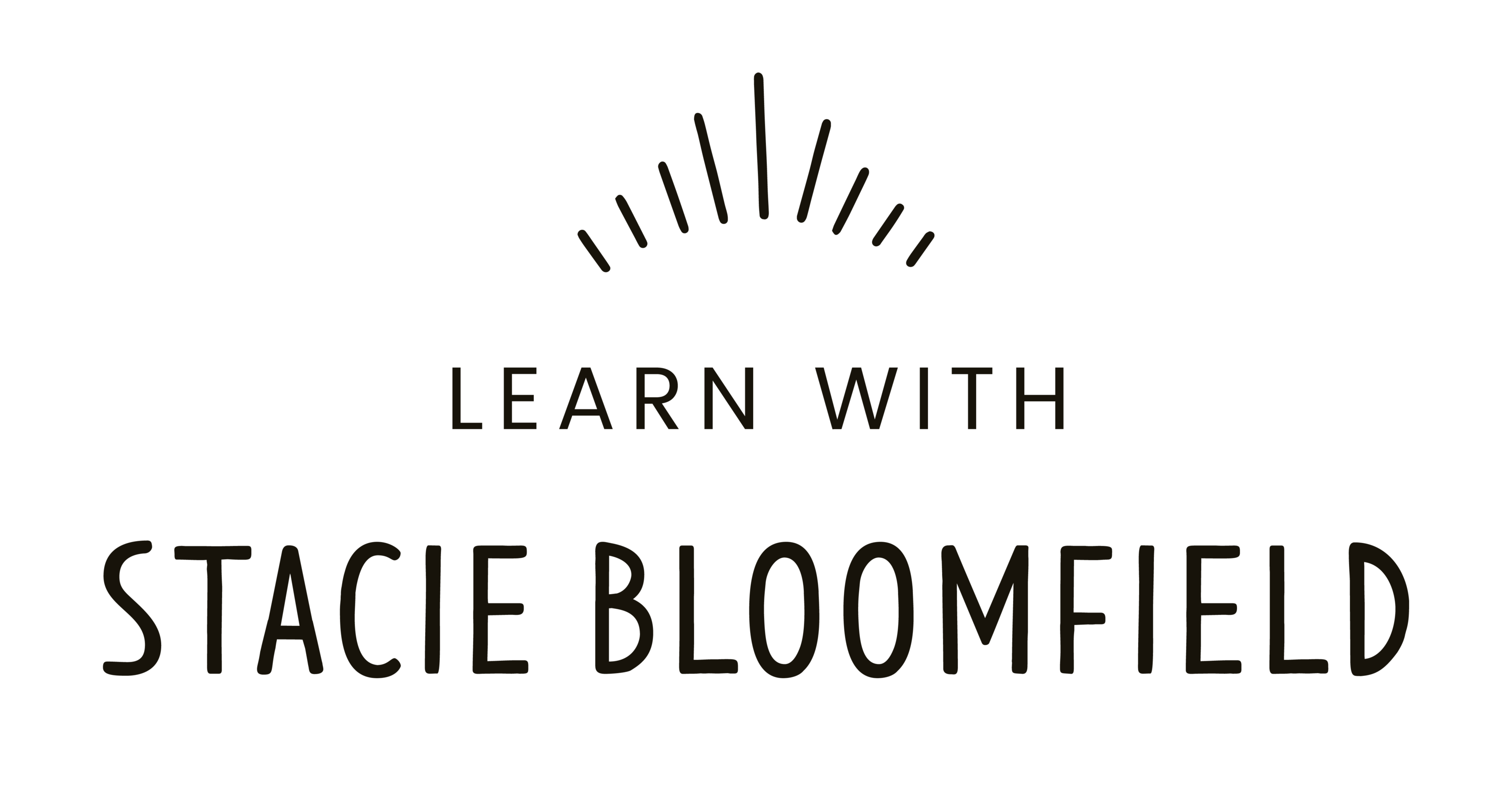Hello, art fam! In this episode of Art + Audience, Stacie Bloomfield chats with Rebecca Woolbright, a dynamic and vibrant artist whose business journey is nothing short of inspiring. From starting with a simple portfolio and some washi tape to creating a thriving art business, Rebecca’s story is a testament to the power of persistence, learning, and automation. Let’s dive into the highlights and key takeaways from their conversation.
A Journey from Snorkel Shop to Art Business Success
Rebecca Woolbright began her entrepreneurial journey far from the art world. Owning a snorkel rental shop in Maui, she balanced the chaos of daily rentals with her burgeoning interest in creating art. It wasn’t until she took Stacie’s Leverage Your Art course in 2020 that her path began to shift dramatically. Inspired by the course, Rebecca started by creating and selling washi tape—a product that felt manageable and creatively fulfilling.
Embracing Automation: The Game Changer
One of the pivotal moments in Rebecca’s business was discovering the power of automation. Initially overwhelmed by the manual process of sending personalized emails to potential wholesale clients, Rebecca implemented Streak, an application to automate her email outreach. This simple yet effective change allowed her to regain valuable time and focus on other aspects of her business, like creating art and building her portfolio.
Rebecca explains, “I started using Streak to create templated emails and schedule follow-ups. This way, I wasn’t spending hours each day writing and tracking emails. It was a game changer.”
Overcoming the Fear of Rejection
For many artists, the fear of rejection can be paralyzing. Stacie and Rebecca discuss the common hurdle of sending pitch emails and the emotional weight that comes with it. Rebecca shares her experience of learning to depersonalize the process through automation, which helped her focus on the numbers game rather than the emotional investment in each email.
Stacie highlights a crucial insight: “It’s about putting yourself out there repeatedly. If you’re not talking to people about what you have to offer, you’re not going to get anywhere. Automation helps take the emotion out of it and allows you to pitch more efficiently.”
Scaling Up: From 30 Shops to 170
Rebecca’s use of automation didn’t just save her time—it significantly grew her business. When she started using automated emails, she was in about 30 shops. Today, her products are sold in approximately 170 stores. This growth is a testament to the effectiveness of consistent and systematic outreach.
Rebecca emphasizes the importance of manageable growth, saying, “Wholesale is about sustainable growth. I started by pitching five stores a week, and now I’m up to 25. It’s about building relationships and consistently following up.”
The Importance of Boundaries and Self-Care
Throughout the conversation, Rebecca and Stacie stress the importance of setting boundaries—not just in business processes but also in personal habits. Rebecca shares how she learned to set limits on checking emails during off-hours, which helped her maintain a healthier work-life balance.
Stacie adds, “True boundaries start with personal boundaries. It’s about mastering your thoughts and not letting fear and doubt control your actions.”
Final Thoughts: Just Try It!
Rebecca’s advice to artists feeling stuck or fearful of taking the next step is simple yet powerful: “Stop thinking about it and just try. The only way to know if something will work is to give it a shot.”
Join the Art + Audience Community
Rebecca’s journey from snorkel shop owner to successful artist and business owner is a powerful reminder of what’s possible with the right tools and mindset. If you’re interested in learning more about automation and how it can help your business, Rebecca offers a class called “Automate and Scale” on ManufactureAwesome.com. Thank you for tuning in to this episode of Art + Audience. Stay inspired, keep creating, and remember, you have the power to turn your art into a thriving business.
